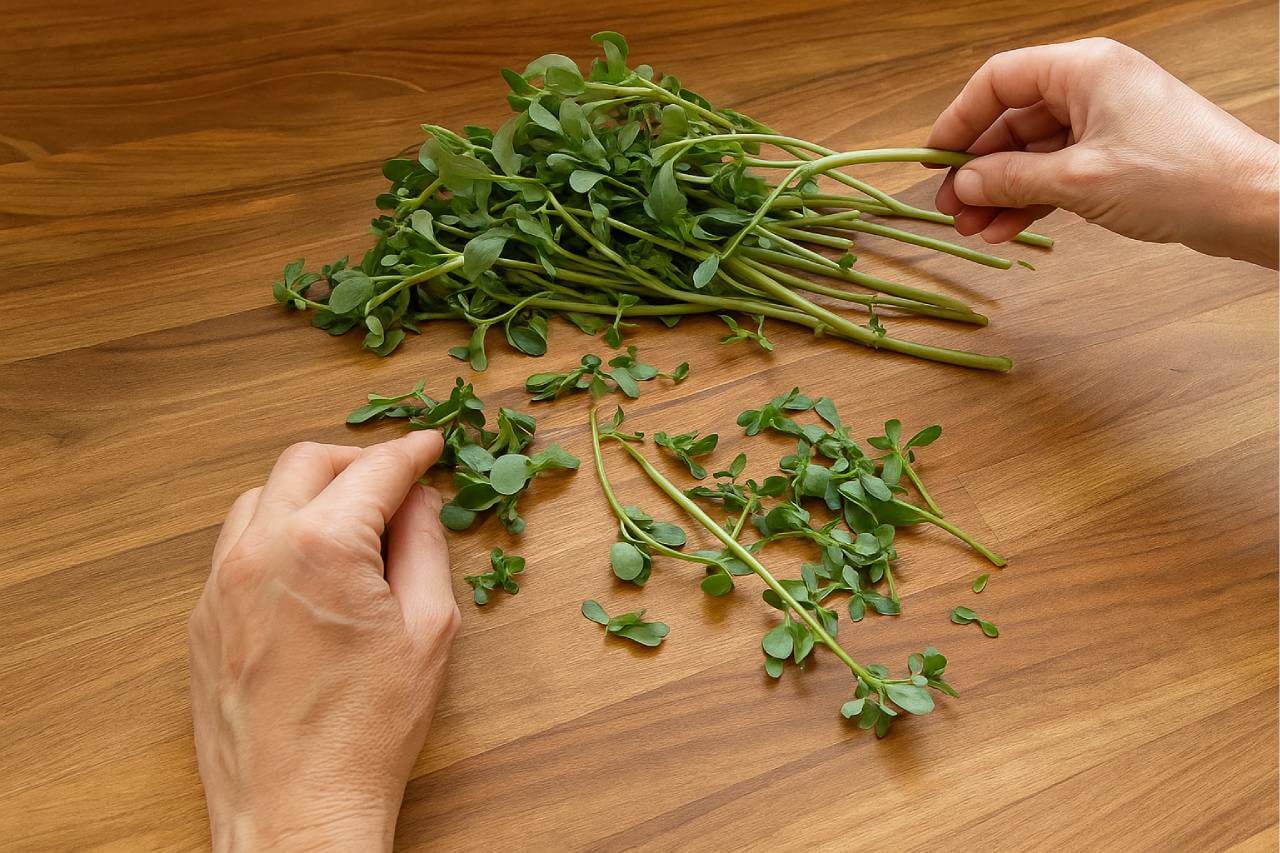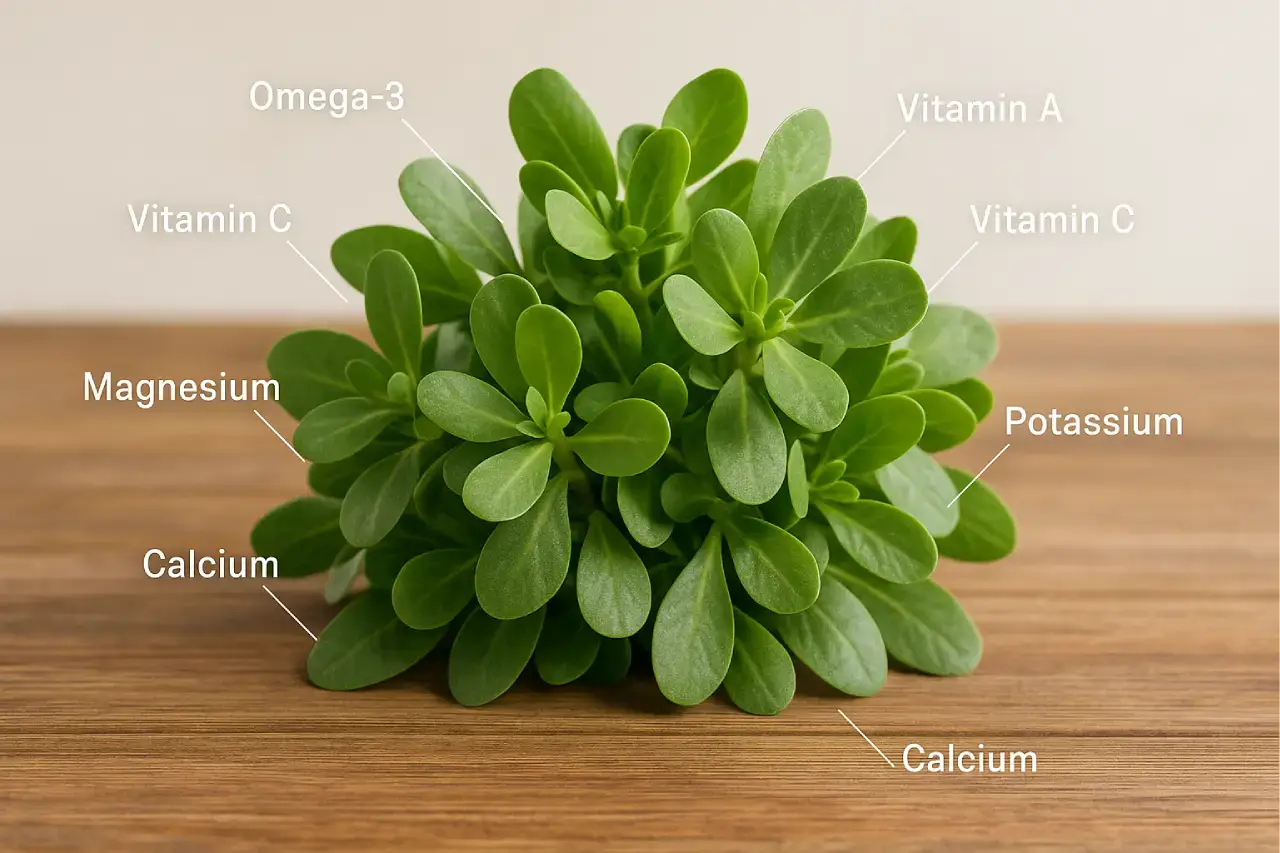How to Pick Purslane for Eating

Purslane is one of those wild plants that many people mistake for an ordinary weed. In reality, it’s a nutritious, refreshing, and versatile green that can easily find its place in your kitchen. Known for its lemony flavor and crisp bite, purslane is packed with vitamins, minerals, and healthy omega-3 fatty acids. Once you learn how to recognize, harvest, and prepare it, you’ll never look at this plant the same way again.
This complete guide will show you where to find purslane, how to pick the right parts, the best ways to prepare it, and creative recipes to enjoy it.
What is Purslane?
Purslane (Portulaca oleracea) is a succulent green plant that grows in warm climates around the world. It has small, fleshy, oval-shaped leaves and reddish stems. Its taste is slightly sour and lemony, with a crunchy texture that makes it a pleasant addition to salads and cooked dishes alike.
One unique feature of purslane is its mucilaginous texture — a smooth, slightly slippery feel in the mouth. While this may surprise you at first, it adds body to soups and stews and is part of what makes the plant special.
Nutritional Benefits of Purslane

Purslane is not just tasty; it is one of the most nutritious wild greens available. Here’s what makes it stand out:
- Omega-3 Fatty Acids: Purslane is one of the richest plant sources of alpha-linolenic acid (ALA), which supports heart and brain health.
- Vitamins: It provides vitamin A for vision and immunity, vitamin C for skin and healing, and vitamin E for antioxidant protection.
- Minerals: Magnesium, potassium, and calcium all contribute to muscle health, hydration, and bone strength.
- Antioxidants: Compounds like betalains help reduce inflammation and protect cells from oxidative stress.
- Low-Calorie & Hydrating: With high water content and very few calories, purslane is excellent for weight-conscious diets.




